|
Months ahead of our departure date it was time to prepare for the health side of our trip to the Massai regions of Kenya. This packaging from the four day oral dose of typhoid vaccine is just one part of our preparation. It is a clever reminder that we are traveling to a different part of the world. Six shots preceded our typhoid vaccine and a regimen of anti-malarial drugs will follow beginning a few days before take off and carrying on for weeks after our return. Our pincushion arms have healed and we are now recently vaccinated (including updates) against typhoid fever, yellow fever, tetanus, diphtheria, pertussis, hepatitus A and B, Meningitis, and polio. Bring on Africa. We have had our medical histories compiled and reviewed and received advice on what to eat and what to avoid. Lots of bottled water is in our future. No disposable plastic bags. They are illegal in Kenya. We have medicine for intestinal discomfort and deet to repel mosquitoes. Lots of deet. We also have packing lists and limits on weight and types of bags we can use. Can I pack lightly enough to make room for all the camera equipment I want? The outfitter says I can photograph the night sky with a Maasai warrior as an escort. I will need a tripod for that and they are heavy. The preparations are involved and the flights are long. But this is an adventure unlike any we have taken before. We will be two weeks in the wild of Africa living in tents and seeing some of the most incredible mega fauna in the world. Our destination starts with a stay at a tented camp in Nairobi National Park. Over two nights we will take game drives and visit a renowned elephant orphanage run by the David Sheldrick Wildlife Trust. They do incredible work, having rescued hundreds of elephants and rhinos over the years. Check out their site if you are so inclined. From there, we head by small plane to the Selenkay Conservancy and Amboseli National Park. We will stay in a tented camp in the shadow of Mount Kilimanjaro. From there we will access the open lands of the conservancy, which occupies land leased from the Maasai tribe. The area supports a large herd of elephants. Also indigenous are Thomson and Grant’s gazelles, lions, cheetahs, leopards, zebra, gazelles, kudus, mongooses, porcupines, giraffes and yellow baboons. The game drives include one at night with the chance of seeing nocturnal aardvarks, serval cats, caracals, and bat eared foxes. Day hikes with Maasai guides include one to their village. I am going to have to look up some of the less familiar animals before we leave. Around six days in we head to the Porini Rhino Camp located in the Ol Pejeta Conservancy where we will find ourselves in the foothills of Mt Kenya. Two days and nights here with game drives and walks. The camp is in a secluded valley on the banks of a seasonal river and under the shade of acacia trees. The area is a sanctuary for black rhino and chimpanzees. From there it is on to the Porini Mara Camp with night game drives and a chance to spot an elusive leopard. The Mara and the Ol Kinyei Conservancy is home to the wildebeest, zebra, elephants, cheetahs, lions and leopards. Hyena, jackal, buffalo, eland, topi, impala, gazelle, and warthog are also around. As if that was not enough, from Porini Mara we head to the Olare Motorogi Conservancy and it's Porini Lion Camp. More walks and game drives and a chance to watch the great wildebeest migration, dependent on weather and the timing of the wildebeest. This latter event is a full day in the Masai Mara Reserve that annually plays host to this natural wonder of the world. Timing can be uncertain but if we are lucky we may get to watch as up to half a million wildebeest congregate to cross through the area seeking the grasses raised by earlier rains. Thousands upon thousands of hooves pounding the earth, rivers full of crocodiles waiting for a meal and the wildebeests' need to cross should make this unforgettable. And then, two weeks after we start it will be time to head back, spend a day in Nairobi and catch flights home. Oh, and 24 more days of malaria medicine. We haven't been there yet so these photos are creative commons images taken by others. The text is copyright Clinton Richardson. Next week? Images and impressions of Death Valley and suggestions about when best to travel there. It's a remarkable and photogenic place.
If you like these posts, please tell your friends about the Venture Moola blog at Readjanus.com. And, feel free to share this blog. The more readers the better. Click here to subscribe to a weekly email that tells you when we issue new entries. Or, click in the column to the left to follow us on Facebook or Twitter. In the heat of August, the last thing on your mind may be the prospect of visiting a desert. It is probably hot enough where you are now to satisfy your heat desires. But, with the air conditioning running, give it a thought. Now is the time to plan a trip later in the year if you want to see the Great American Deserts when the temperatures are cooler. California's Joshua Tree National Park is beautiful with a desert countryside that is surprisingly full of life, including the a tree that looks like something Dr. Seuss dreamed up and landscapes that will look familiar to any Star Trek fan. The surprising Joshua Tree, so named by Morman settlers, is abundant in Park. The tree is actually a yucca plant, whose spreading branches are said to have reminded Morman settlers of the biblical figure Joshua with outstretched arms. They are most abundant in the Mojave Desert part of the Park but you can find them in the Colorado Desert ecosystem as well. This latter desert also supports the Cholla (or teddy bear) Cactus. A large bed of them can be found at the Cholla Cactus Garden feature of the Park. This specimen supports a cactus wren nest. It is a fun place to catch a sunrise. The colors of sunset seem to infuse the cactus needles with color, making the cacti glow. If you fly into Palm Springs and out of Las Vegas, you can combine two national parks into one visit. From Joshua Tree you can drive, through miles of desert, to Death Valley National Park with the lowest elevation and the most unforgiving heat in North America. As the images in this post from a recent November trip show (above a perfect location for a Star Trek episode in Joshua Tree NP), late fall can be a perfect time to visit the Southwestern Deserts. We took a week and visited both parks. Cold evenings, cool mornings and temperate afternoons with days long enough to see the sights make this a great time to see this unique part of the United States. The dark skies, with minimal light pollution, also made it a good time for viewing the night sky. Great weather for hiking with light crowds and a quirky family-owned inn to stay in with great food and nightly entertainment made Joshua Tree a great place to spend some time in November. We will return. But for now, it is on to Death Valley National Park on the eastern border of California, just a few miles from Las Vegas. For us, the drive is a chance to catch up with the others on our tour. There were just seven of us but, as is often the case when you travel with Off the Beaten Path, there were some interesting stories in the van and some shared memories to revisit. Next week we will talk about prepping for a visit to Kenya and a safari in the African wilderness. All photos and text are copyright Clinton Richardson. If you like these posts, please tell your friends about the Venture Moola blog at Readjanus.com. For more pictures of the California Desert see the Gallery of the same name in the American West Collection of TrekPic.com.
And, feel free to share this blog. The more readers the better. Click here to subscribe to a weekly email that tells you when we issue new entries. Or, click in the column to the left to follow us on Facebook or Twitter. You can get some interesting results when you explore a tidal marsh with your granddaughter. These images taken by our 11 year-old photographer are the results of one such trip on a vacation to Sullivan's Island near Charleston. While heading back from the marsh at Shem Creek, the two of us broke away from the rest of the family in our tandem kayak to watch an egret fishing the shoreline. With me in the back guiding the kayak and granddaughter in front with the camera, we made our way across the marsh. With the tide and the current, we had a chance to approach the egret without spooking her if we could just keep quiet and still. To do that we had to row quietly to a spot where the current and tide would take us toward toward the bird. 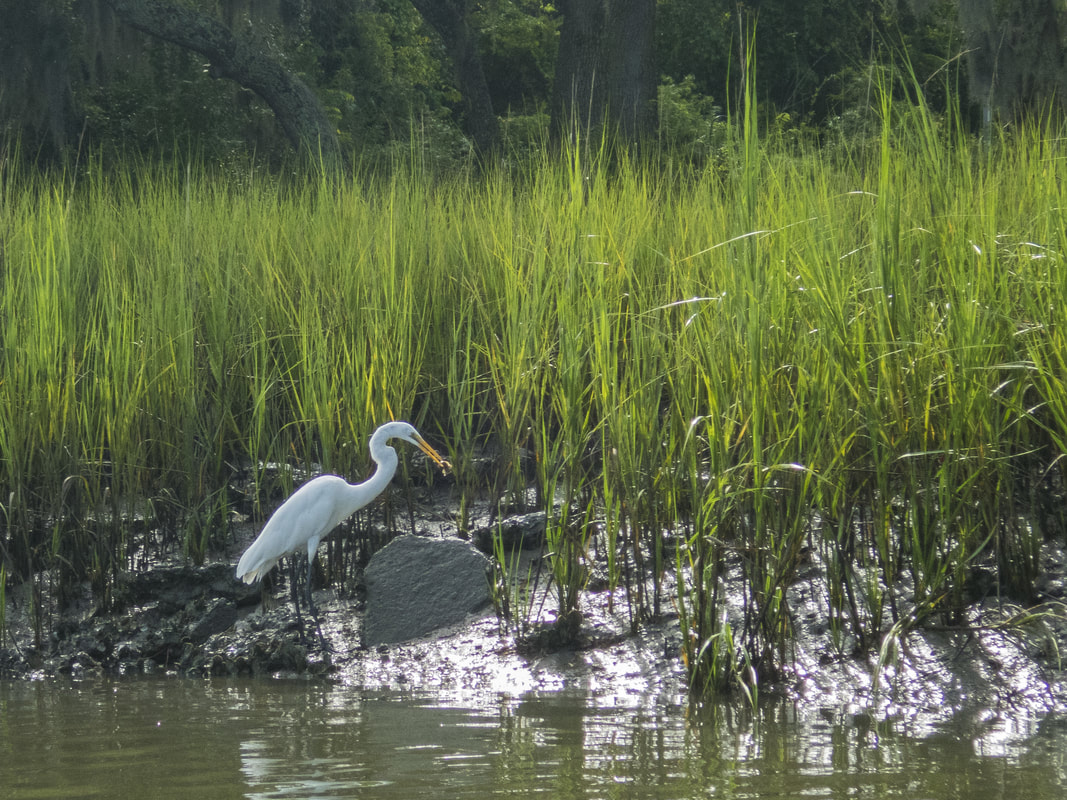 To get these images we needed to get close enough for the modest 100 mm extension on the Olympus TG5 camera we were using. It's waterproof and rugged, both good features when you are sharing a camera with your grandchildren around water. But also limiting. We were not going to get interesting images unless we could get within 10 to 20 feet. For those who are not camera buffs, the 100 mm lens is a preferred lens for portrait photography. When taking a head and shoulder photo, it depicts your subject accurately without distortion. For water birds, it is not ideal. If you can get close enough, though, the results can be pleasing. 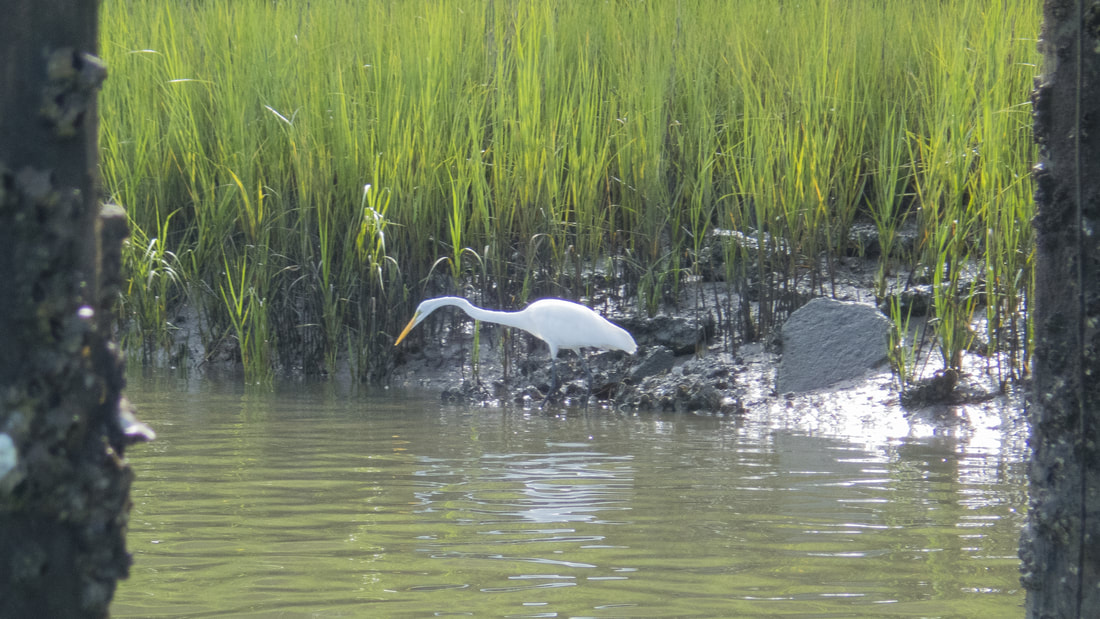 Here we had the advantage of a nearby dock that I rowed above while young Dah Doo (her baby sister's nickname for her) handled the camera. As we floated log-like toward the dock and bird we were lucky and did not disturb the egret. Great fun for the grandfather and granddaughter. If you look closely at the middle image, which was actually taken after the last image, you can see in her bill the lunch she has just plucked from the water. In the last image, you can see her stalking that lunch. - - - - - Next week we will use these warm August days to inspire us to talk about when to visit the desert. All photos and text are copyright Clinton Richardson and DahDoo. :^) If you like these posts, please tell your friends about the Venture Moola blog at Readjanus.com. And, feel free to share this blog. The more readers the better. Click here to subscribe to a weekly email that tells you when we issue new entries. Or, click in the column to the left to follow us on Facebook or Twitter. It was places like this at Yellowstone that ushered in the era of dinosaurs hundreds of millions of years ago after killing off most of earth's life and a subsequent period of recovery that took millions of years. Today this odd spot in northwestern Wyoming is where a current of the earth's magma has gone off course and created an incredibly hot stream so close to the surface that geysers like Old Faithful spout steam into the atmosphere on a regular basis. About 252 million years ago, scientists believe this movement of magma from the earth's core to its surface became more norm than exception creating in Siberia alone cracks in the earth's surface that spewed magma and toxic gasses over an area larger than Western Europe. The result was a toxic planet of hyper volcanic activity that destroyed more than 90% of the species on our planet - a mass extinction - and took millions of years to subside. It was the end of the Permian age and most of its many creatures. Animals now referred to as edaphosaurs, dimetrodons, eryops, and most archosaurs, amphibians, and fish perished. But as time passed, and things normalized, it became an opportunity for new animals, the dinosaurs, to fill niches that no longer had edaphosaurs or dimetrodons for competition. The dinosaurs would turn out to be extremely successful and diverse. For those of us raised in the 1960s and 70s, this may seem like an odd statement. After all they went extinct and were slow moving creatures of limited intelligence, at least so we were taught. But exploration and discovery over the last several decades has debunked that view of dinosaurs. And new tools have enabled paleontologists to puzzle together a more accurate view of life in the age of dinosaurs, one that is much more complex and intriguing. New dinosaurs are discovered at a rate of one per week these days adding more knowledge about who these creatures were and what their lives were like. Think there is nothing relevant to learn from dinosaurs? Think again. Their era on this fragile and ever changing planed last from 252 million ago to 66 million years ago, a staggering 186 million years. Compare that to the 200,000 years humans have been on the planet or 6 million years for our ancestors and you will understand that dinosaurs just might have something to teach us. Imagine what we humans might be if we survive half as long as the dinosaurs, for say a mere 90 million more years. Recent dinosaur discoveries include a complete fossilized skeleton of the Zhenyuanlong, a mule sized flying dinosaur with preserved bone and feathers that had delicate legs like a modern Great Heron. Found in China in 2014, it looks much more like a modern-day bird than a dull witted, slow moving 'dinosaur.' Which brings me back to the present, the joy of spending time at Yellowstone National Park with its amazing geothermal features and the recent excitement of discovering a colony of Great Blue Herons nesting along the shore of a North Georgia lake. Both are reminders of the great diversity of our planet and life.
Its a great time to be alive, if only we can survive the changes facing our planet as well as did the dinosaurs. ---------- Images and text copyright Clinton Richardson. To see more images from Yellowstone or of the Great Blue Herons at what I call Jurassic Cove, check out our galleries at TrekPic.com. If you like these posts, please tell your friends about the Venture Moola blog at Readjanus.com. And, feel free to share this blog. The more readers the better. Click here to subscribe to a weekly email that tells you when we issue new entries. Or, click in the column to the left to follow us on Facebook or Twitter. One of my favorite wildlife photographers is Thomas Manglesen who lives in Jackson, Wyoming near Yellowstone and Grand Teton parks. Tom has made a life out of capturing moments in the wild. and many of his images are spectacular. You can see some of his images at this link. Tom teaches that wild animals have comfort zones around them. If you get within them they will react, usually by leaving. He also notes that walking directly towards a wild animal will cause them to react sooner than if you approach them by walking at an angle. Near a herd of Bison, he takes his students back and forth walking sideways to the herd to get closer. He also teaches that you can sometimes float close to a wild animal if you stay still and let the current take you toward the animal.
While floating I grabbed my camera out of its waterproof bag, and took a few photos while I drifted silently closer. The early evening light was perfect for the photo shoot as was the dark green and brown background of the island behind him. I adjusted the camera's aperture to obscure the background and highlight the bird. As I drifted, I watched and shot photos as he moved around. He seemed oblivious to me and the large orange "log" I was sitting on. And, as you can see, he continued his fishing. At this point, I was a good 10 minutes into my silent float and less than 20 yards from the bird. He was aware of me and looked at me from time to time but then went quickly back to his business, even lowering his head to get a drink of water. It was not until I drifted within 10 yards of him, that he finally started to think about flying off. When he did, it was with no sign of alarm. He just pulled himself up and flew off. I counted my blessings. I have been on the water for years without ever getting this close. I sat for a minute and started to think about packing up the camera. As I started to reach for the paddle, however, something told me to look around. When I did, I was greeted with this scene just 25 yards upstream. The heron or one of his cousins had landed in some floating brush and had no concerns about the floating orange lob nearby. All photos and text are copyright by Clinton Richardson. Moe images from the Jurassic Cove Gallery can be found at TrekPic.com, click New on the home page to be directed to the gallery.
If you like these posts, please tell your friends about the Venture Moola blog at Readjanus.com. And, feel free to share this blog. The more readers the better. Click here to subscribe to a weekly email that tells you when we issue new entries. Or, click in the column to the left to follow us on Facebook or Twitter. |
the blog
Travel, history, and business with original photos.
your hostClinton Richardson - author, photographer, business advisor, traveler. Categories
All
Archives
July 2023
Follow us on Facebook
|
Check out Ancient Selfies a 2017 International Book Awards Finalist in History and 2018 eLit Awards Gold Medal Winner and
Passports in his Underpants - A Planet Friendly Photo Safari a 2020 Readers' Favorite Winner in Nonfiction
Site Copyright 2024 by Clinton Richardson

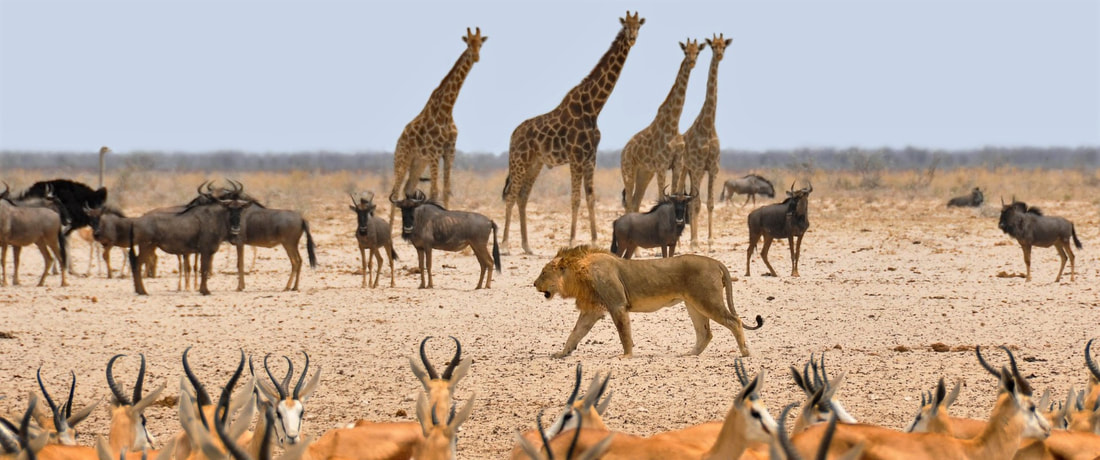
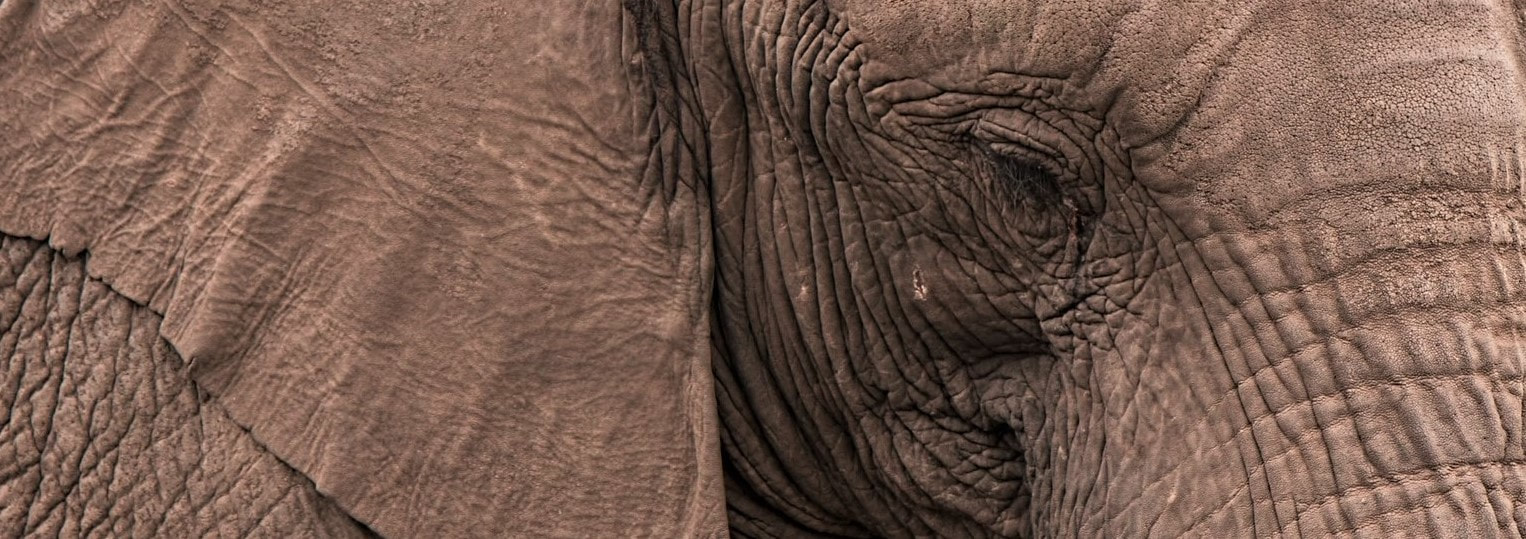
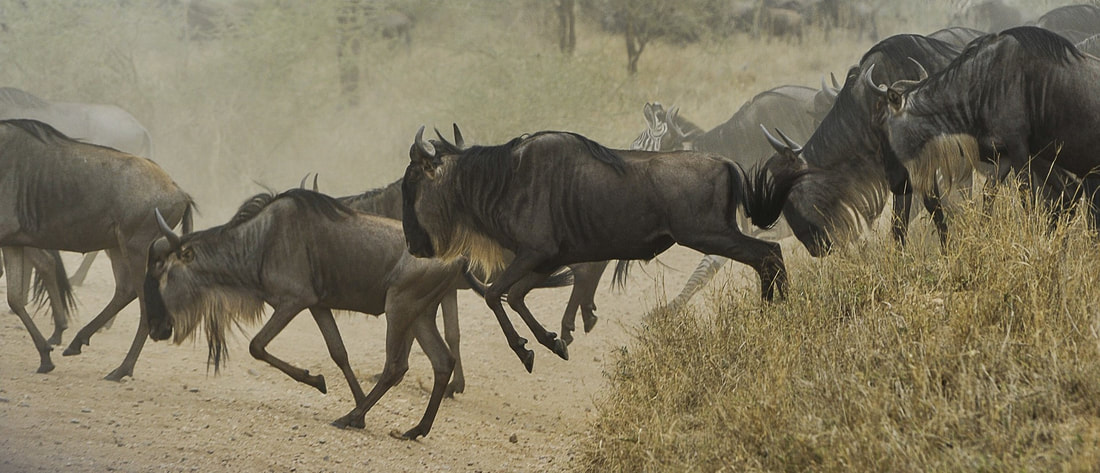
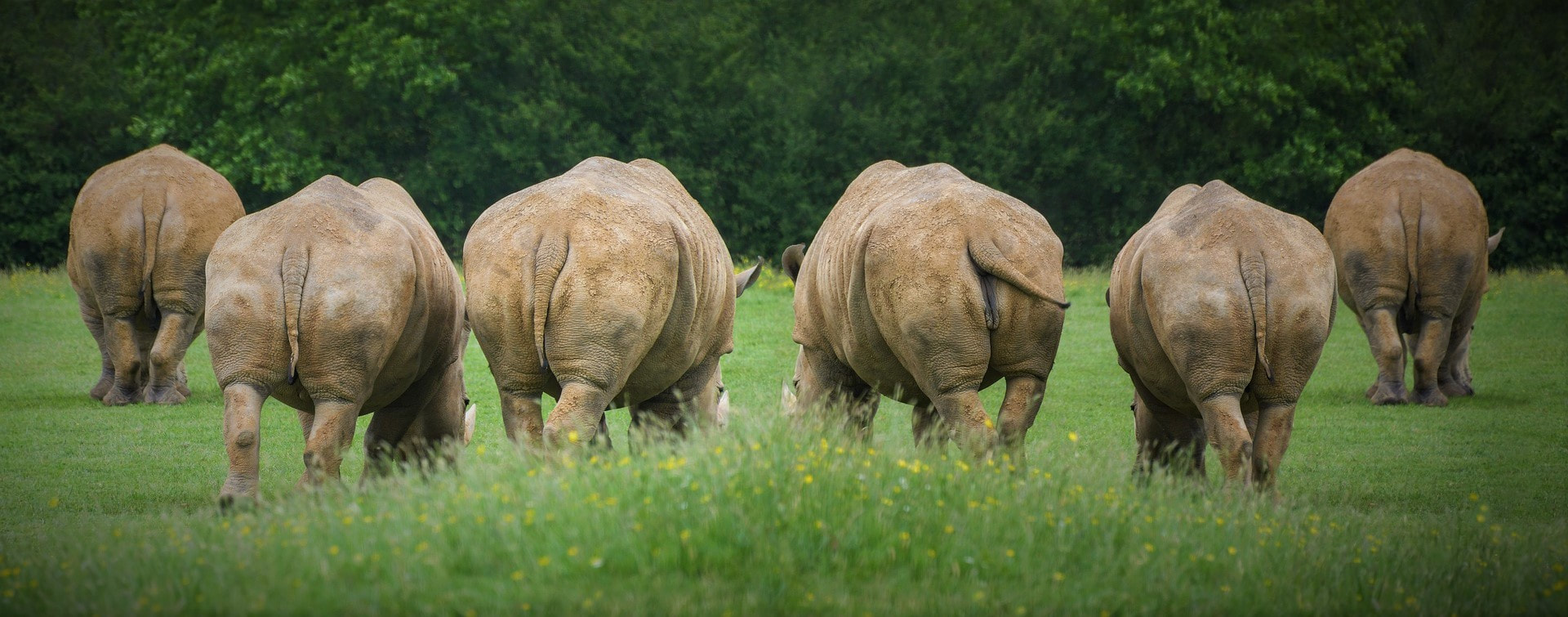
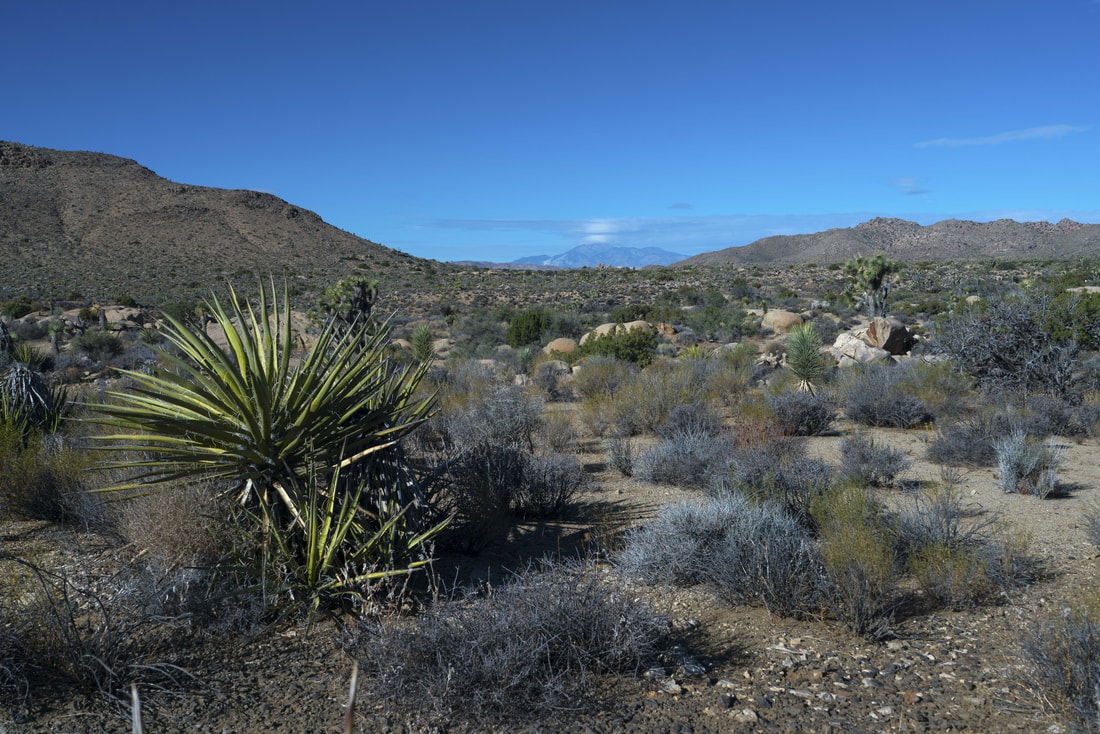
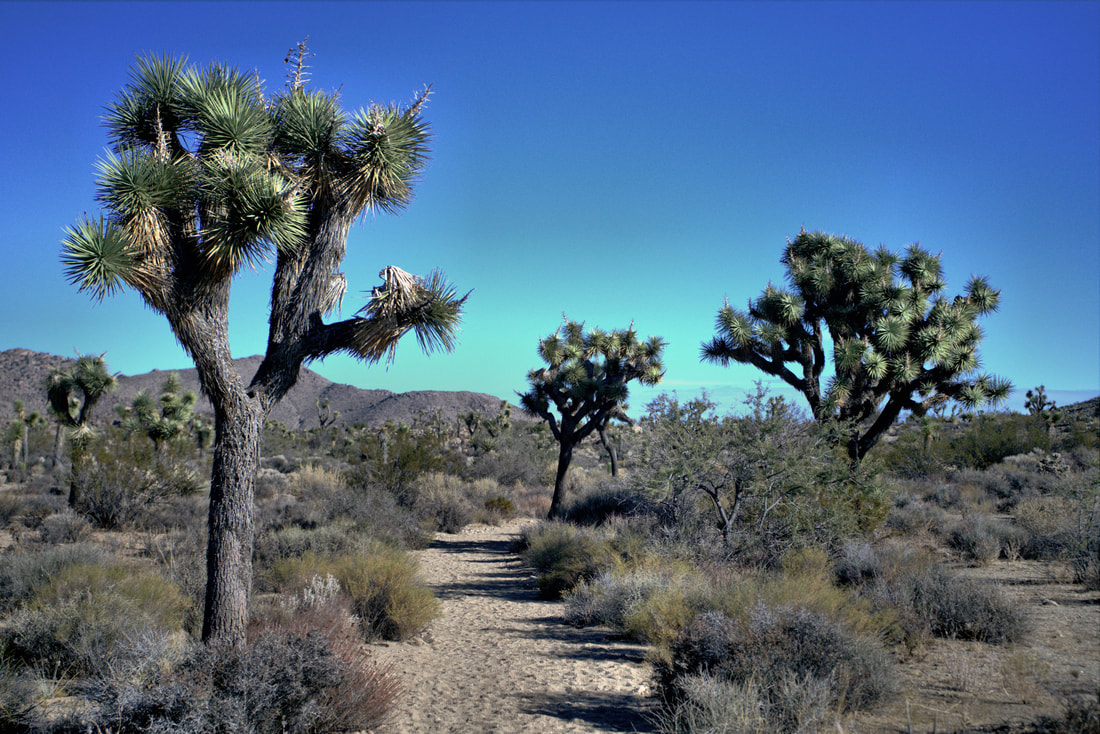
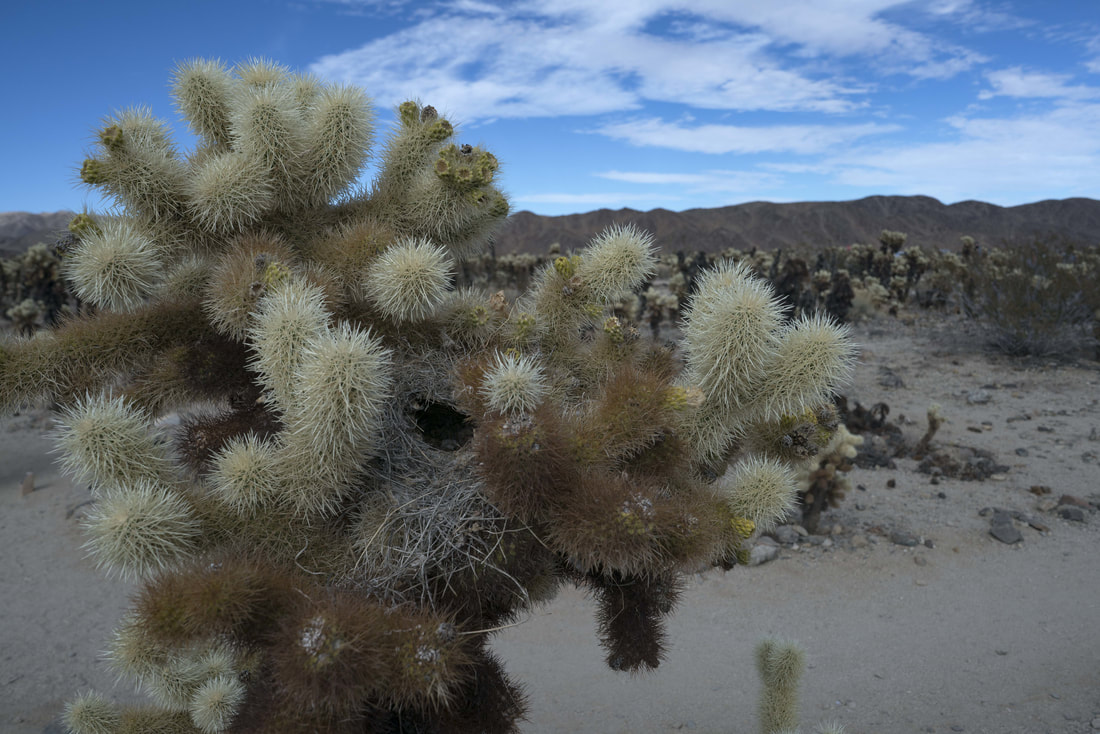
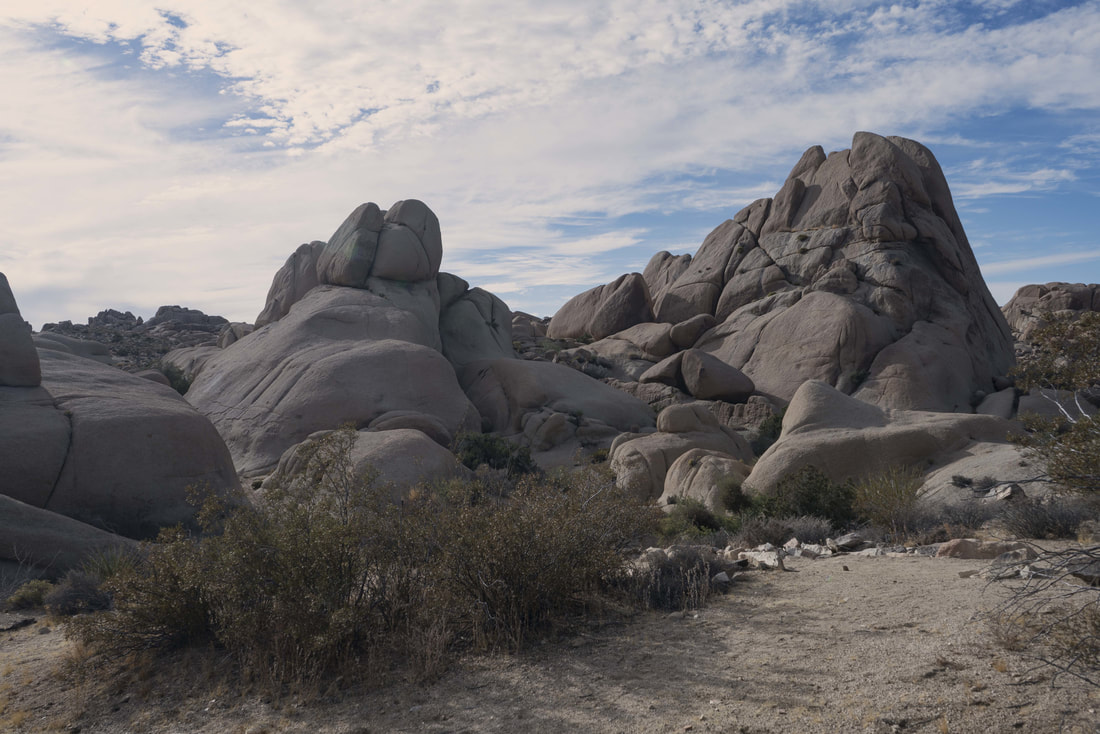
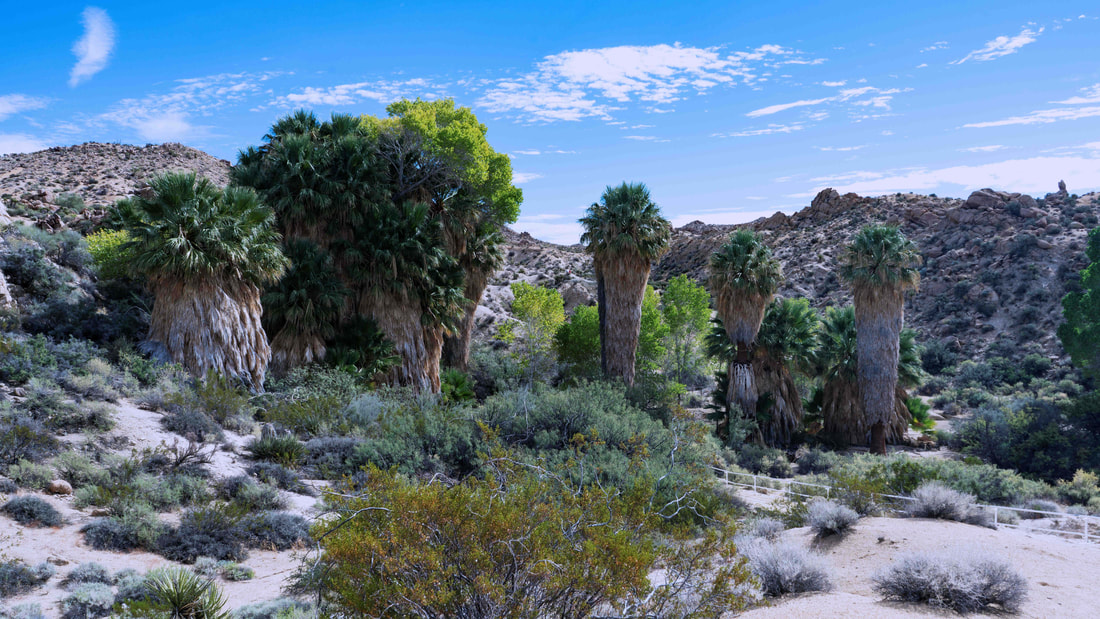
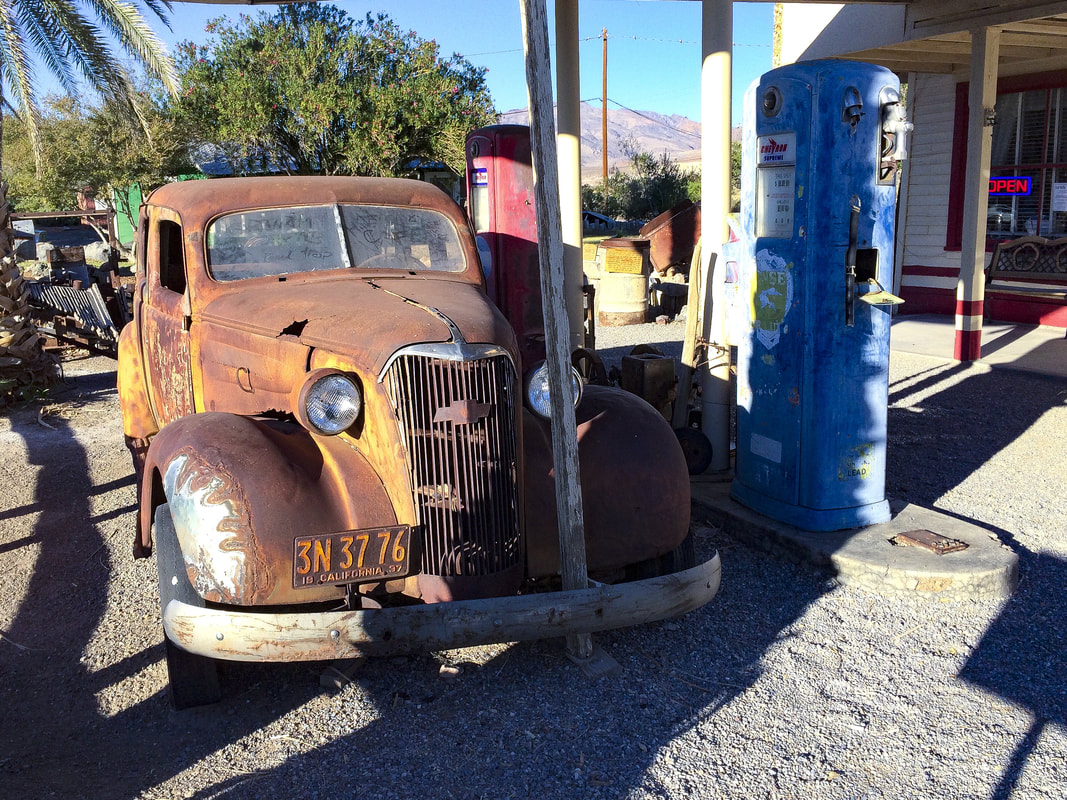
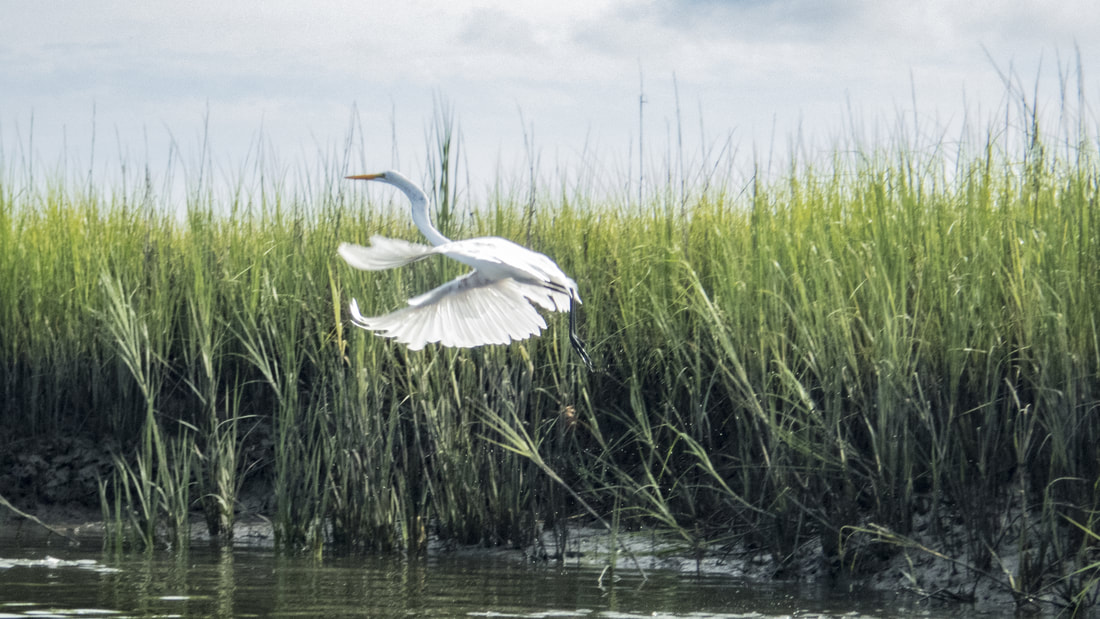
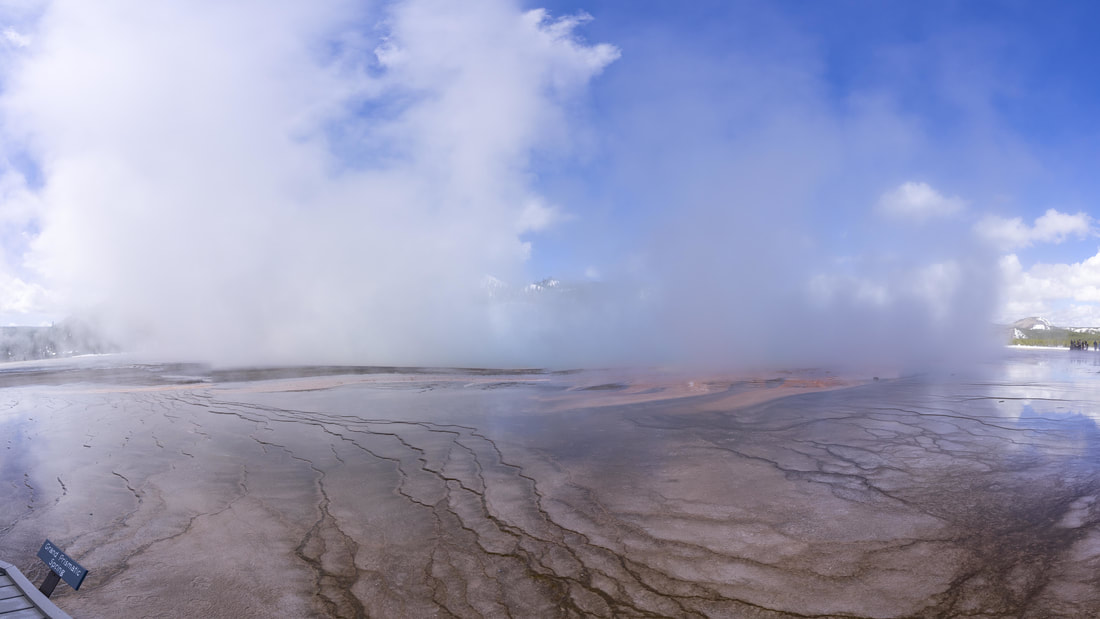
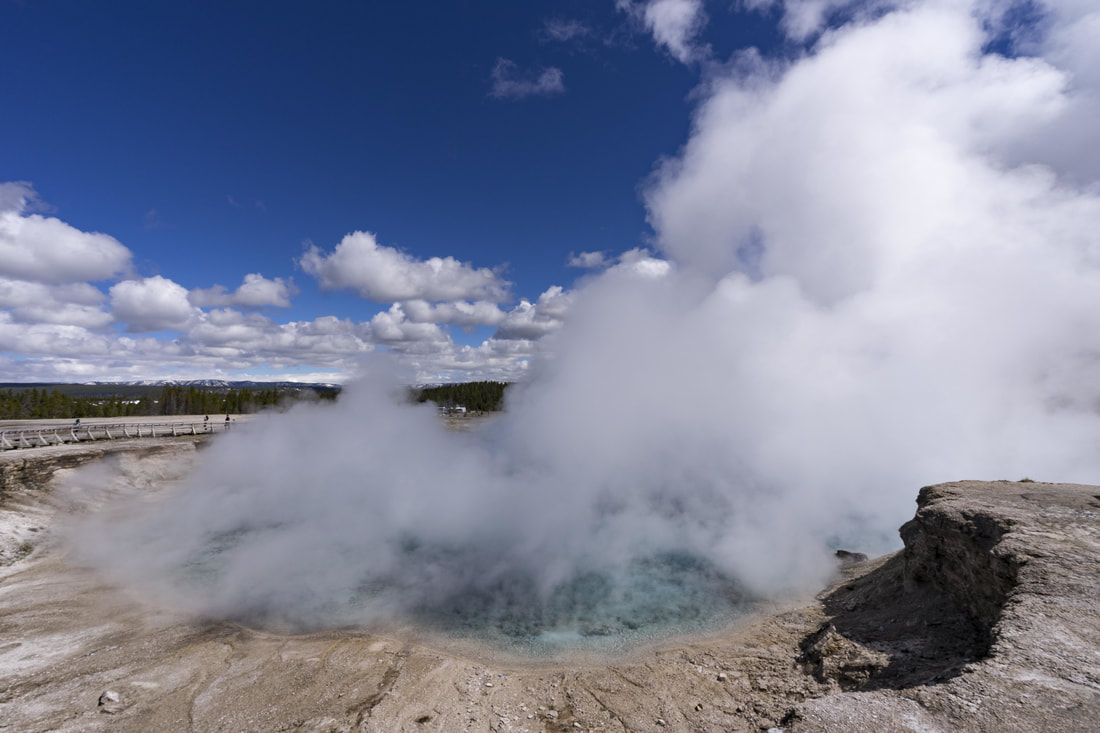
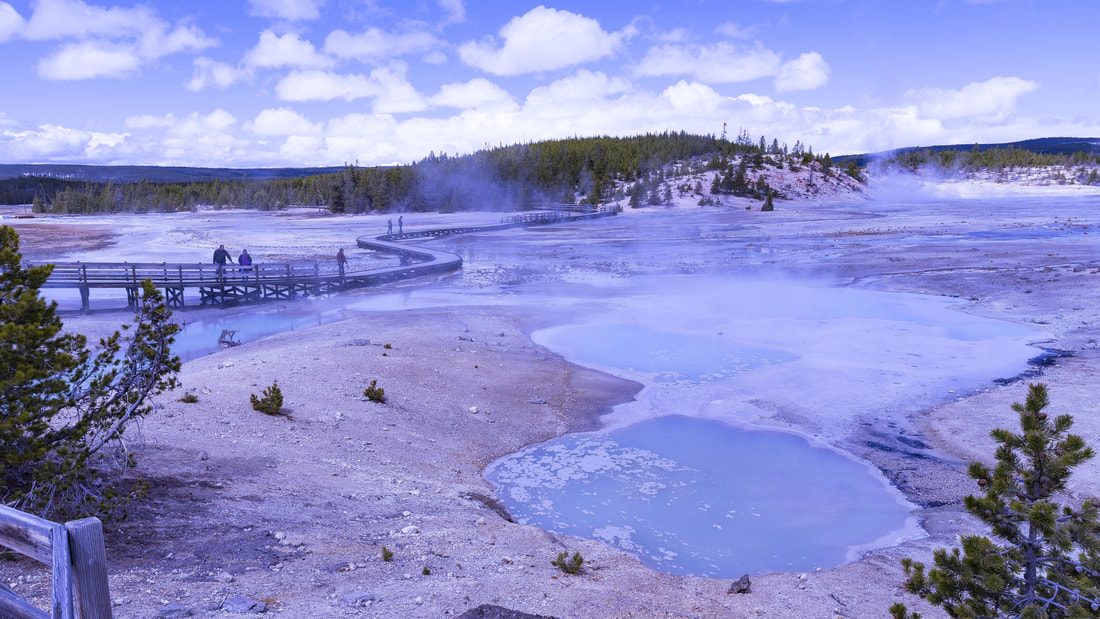
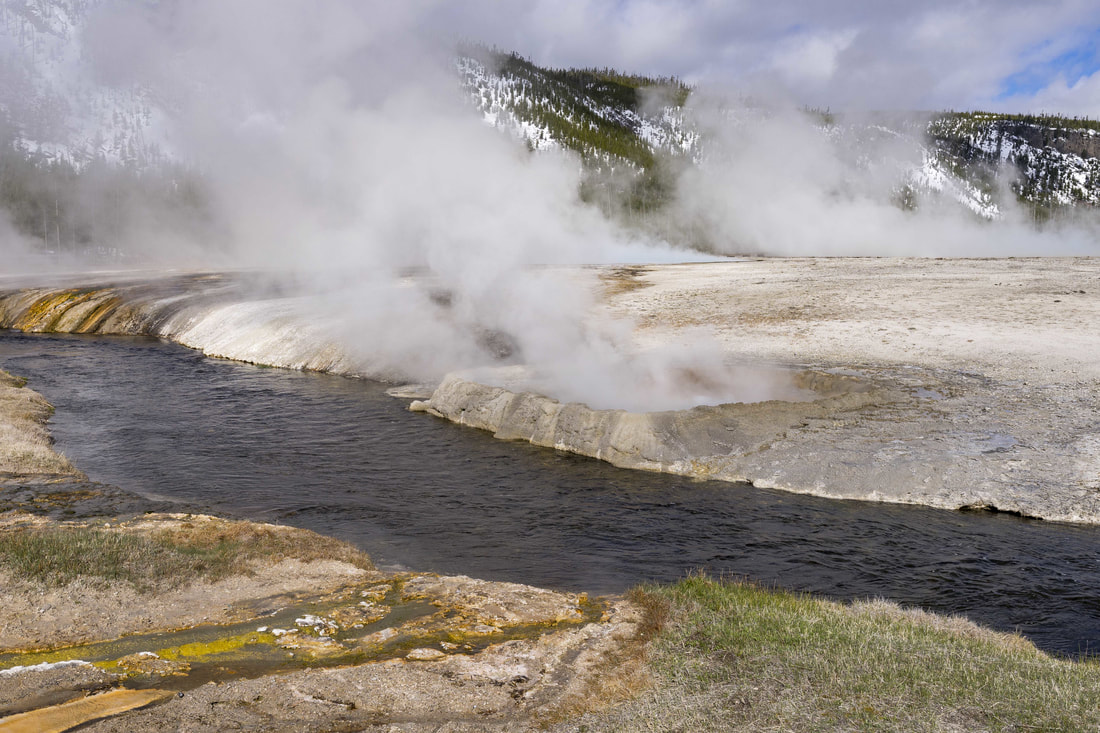
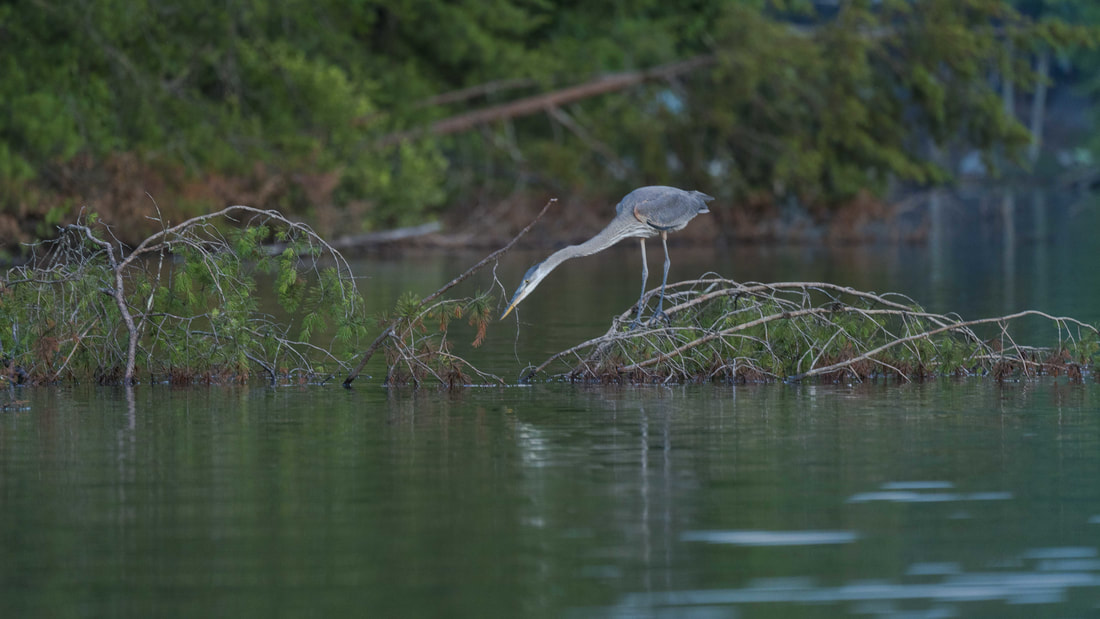
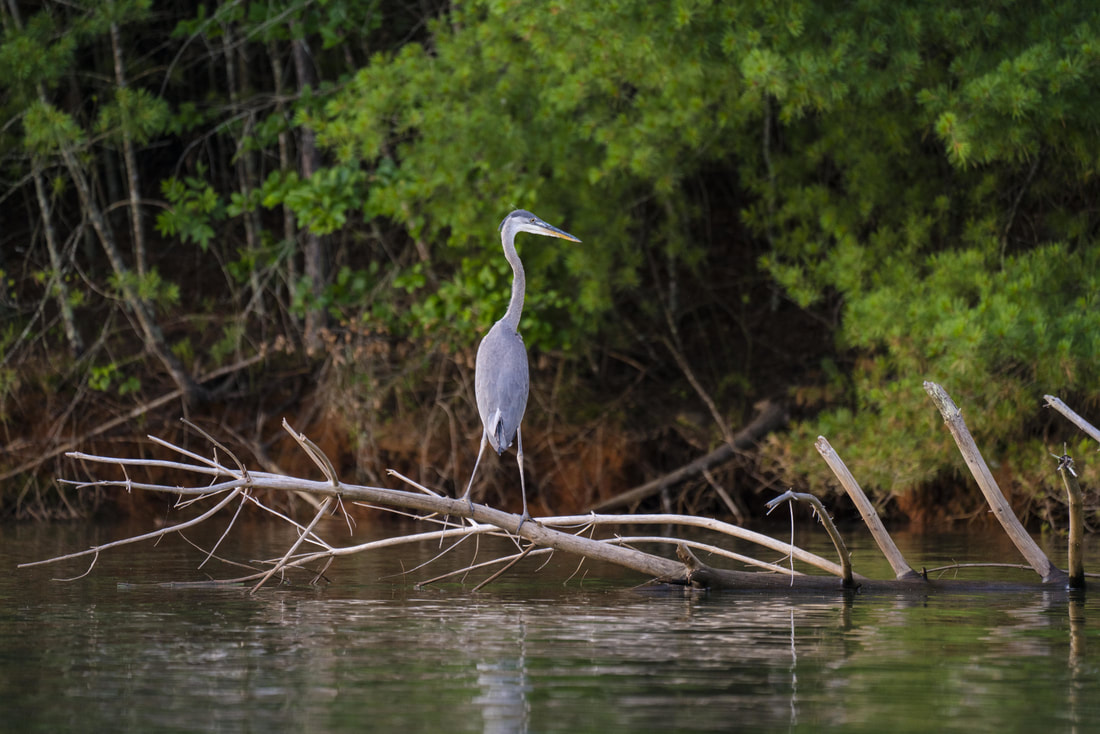
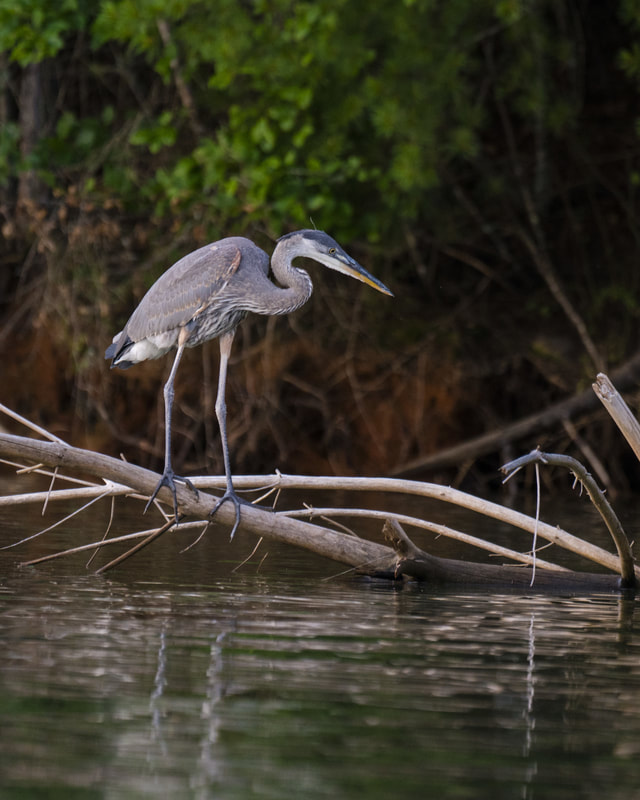
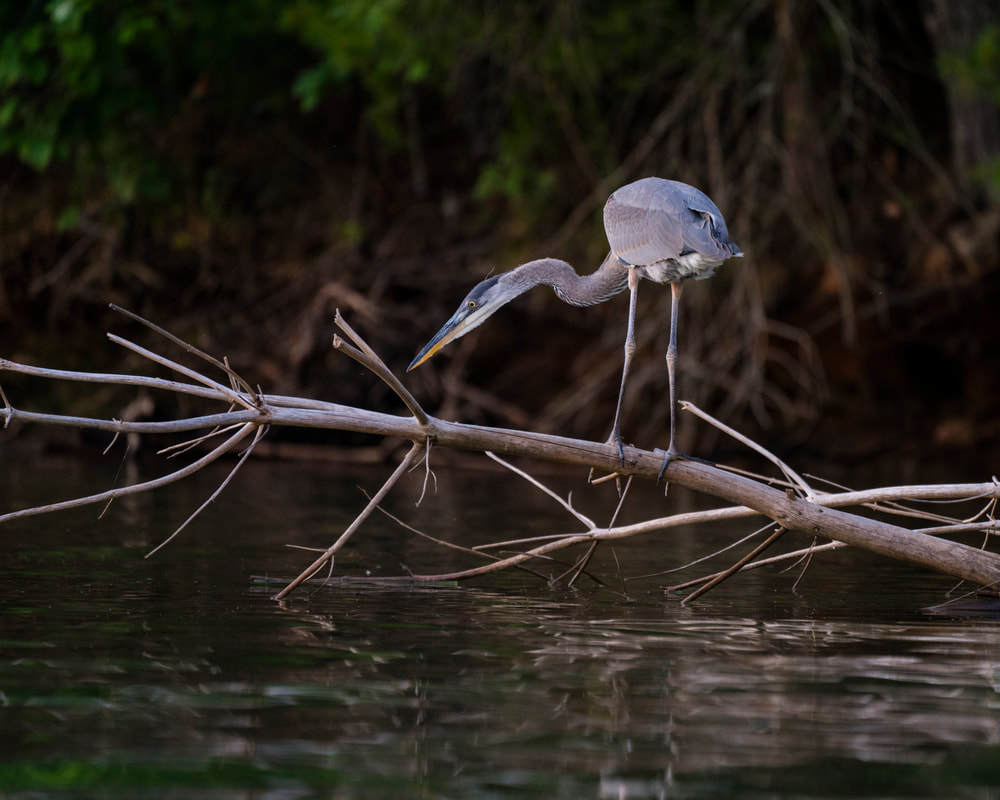
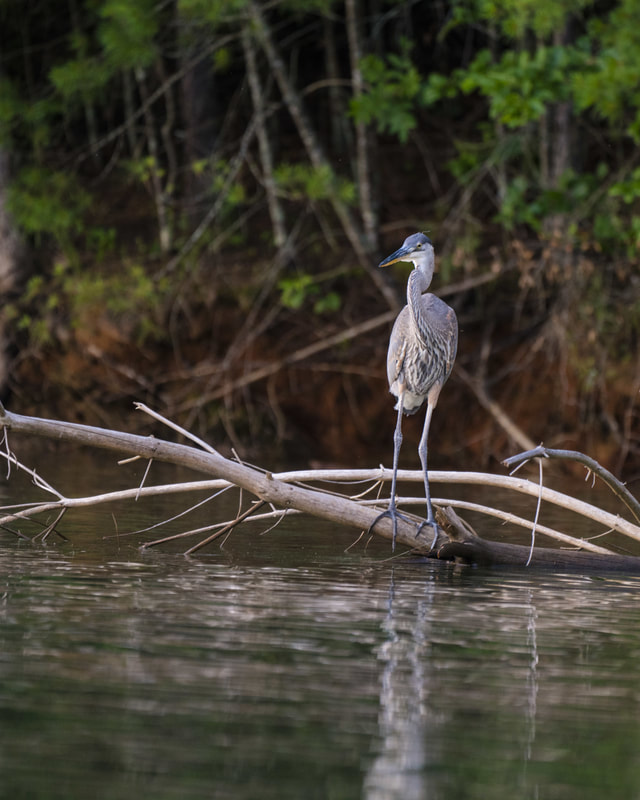
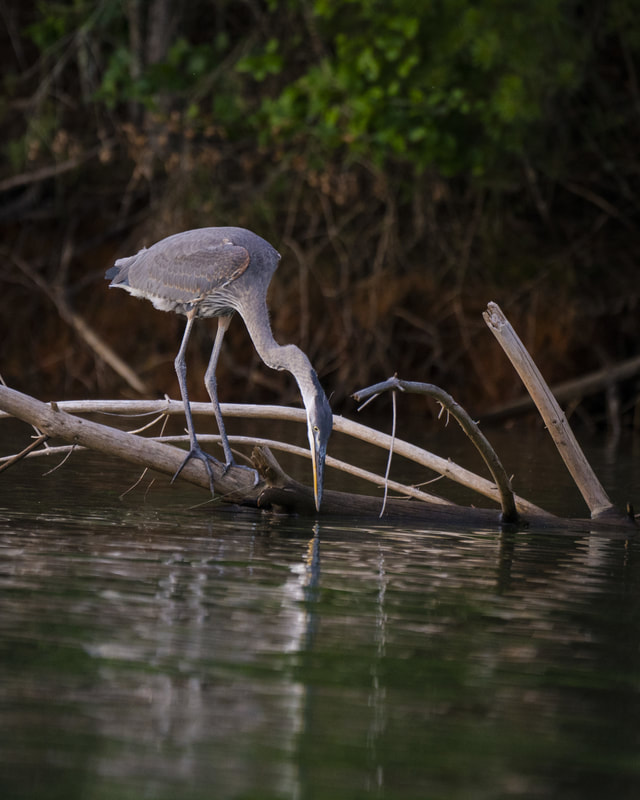
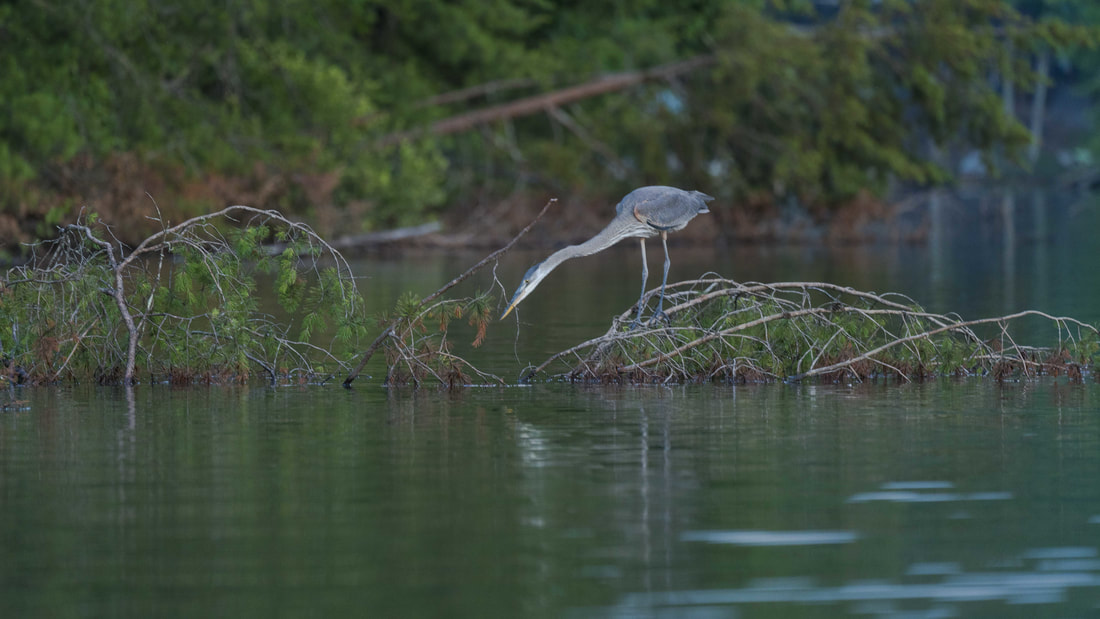
 RSS Feed
RSS Feed